
Pac-Man
Arcade 1980@15

Graphics in many video games from the 1980s and early 1990s with was implemented using a combination of tiles, tilemaps, and sprites. Tiles and sprites would defined using bitmaps, spatially mapped arrays of pixel color data, and tilemaps would map tiles to display positions in a fixed grid on the screen. Video controllers would take this representation of tiles and sprites and display it directly on the screen. We will refer to this type of graphics as tile-based graphics.
The benefit of tile-based graphics is lower memory usage, something absolutely critical during this era, as memory chips were prohibitively expensive. With tiles and tilemaps, full screens of graphics can be represented using a small set of tiles, repeated in the tilemap to form larger graphics. Essentially, it is a form of manual image compression.
A classic example of tile-based graphics is Namco's Pac-Man (1980), where the maze and dots are displayed using tiles. This rendering type would be ubiquitous in arcade games in the 1980s and 1990s, and several home consoles would be designed this way, including Nintendo's NES (1983) and of course, the SEGA Genesis (1988).
tag : #tiles games : 9
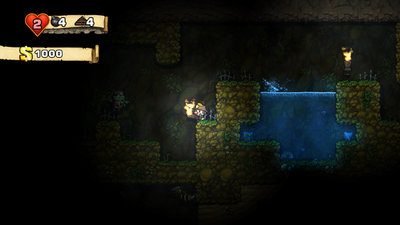
Spelunky
PlayStation 4 2014@1215
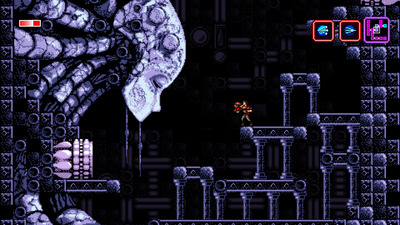
Axiom Verge
PlayStation 4 2015@1349
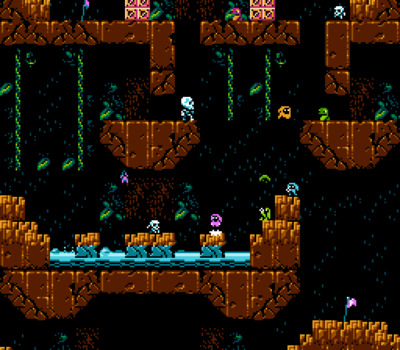
Micro Mages
NES 2019@2534
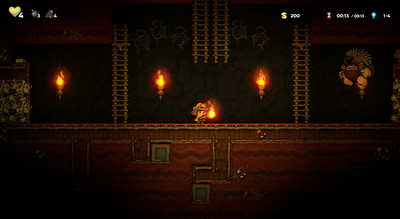
Spelunky 2
PlayStation 4 2020@2700
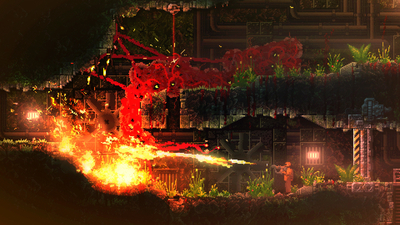
Carrion
Xbox One 2020@2693

Animal Well
PlayStation 5 2024@4133